
Live Monument - Presentation of the Publication at CAMP
Source
Mgr. Marek Vácha, IPR Praha
Mgr. Marek Vácha, IPR Praha
Publisher
Tisková zpráva
30.05.2022 17:35
Tisková zpráva
30.05.2022 17:35
Book premiere
Czech Republic
Prague
Pavla Melková
Petr Hájek
Norbert Schmidt
The Institute of Planning and Development of the Capital City of Prague (IPR) is publishing its second book within its publishing house. The publication titled Living Heritage, edited by Pavla Melková, offers a dialogue between texts by Czech and Slovak authors and selected essays by Jorge Otero-Pailos, a professor at Columbia University in New York. Living Heritage will be launched at the Center for Architecture and Urban Planning (CAMP) on May 31, 2022, at 7:00 PM.
Heritage protection and care are most often associated in the Czech Republic with regulation and restriction. However, there are various ways to treat heritage and any "old" objects. The publication Living Heritage, which is the second title published by IPR's publishing house, opens a debate about an approach where creation outweighs restriction, aimed at integrating heritage into contemporary life.
The book brings together, under the editorial guidance of architect Pavla Melková, selected essays by Jorge Otero-Pailos, director and professor of heritage care at Columbia University GSAPP in New York, along with reflections by Czech and Slovak authors. Jorge Otero-Pailos examines heritage protection and care from many angles, broadening their usual perception. Invited authors, including artistic director of the Prague Quadrennial Markéta Fantová, architect Petr Hájek, contemporary art curator Edith Jeřábková, architect Igor Machata, architect Pavla Melková, architectural historian Martina Mertová, art historian Radoslava Schmelzová, architect Norbert Schmidt, and historian and architectural theorist Rostislav Švácha, then explore the application of similar approaches in local practice, complementing it with their own perspectives and experiences.
"The publication enriches the discussion on heritage care regarding broader possibilities of perceiving the terms heritage and its protection, especially in the area of incorporating heritage into contemporary life. We do not protect heritage for itself, nor for preservation's sake, but for the cultural values it carries, which are important for human beings and society. Thus, we could say that we protect heritage to improve human life, both present and future," says Pavla Melková, architect and editor of the publication Living Heritage.
Jorge Otero-Pailos, as an artist, architect, and art theorist, focuses on experimental preservation and is not afraid to ask provocative questions. He examines possibilities for heritage preservation as a new form of cultural production. His artworks are part of significant collections including the Yale Center for British Art, The Museum of London, Museion Bolzano, and many others. In his artistic realizations and reflections on heritage, Otero-Pailos transcends the boundaries of institutionally protected objects and materials, as well as the ways in which heritage and memory are represented, and thus protected.
"Living Heritage is the second title released under the direction of the editorial board and our newly established publishing house. With this, IPR continues its earlier publishing activities, but with the newly constituted editorial board, the selection of published books will be curatorially more diverse. We are also intensively working on two other publications," says Ondřej Boháč, director of IPR Prague.
In September, the book Expatriates, edited by Adam Gebrian and Eugen Liška, will be presented at CAMP. The book will illuminate the lives of Czech architects currently working abroad, whether independently or in the service of renowned international architectural firms. One of the key life stories is shared by Jan Magasanik, who has been living in Denmark for a long time and participated as a member of the BIG studio in the winning design of the Vltava Philharmonic. At the beginning of next year, the publishing house is preparing a translation of the American architectural bestseller The 99% Invisible City by Roman Mars and Kurt Kohlstedt, authors of the successful podcast The 99% Invisible.
More information >
Heritage protection and care are most often associated in the Czech Republic with regulation and restriction. However, there are various ways to treat heritage and any "old" objects. The publication Living Heritage, which is the second title published by IPR's publishing house, opens a debate about an approach where creation outweighs restriction, aimed at integrating heritage into contemporary life.
The book brings together, under the editorial guidance of architect Pavla Melková, selected essays by Jorge Otero-Pailos, director and professor of heritage care at Columbia University GSAPP in New York, along with reflections by Czech and Slovak authors. Jorge Otero-Pailos examines heritage protection and care from many angles, broadening their usual perception. Invited authors, including artistic director of the Prague Quadrennial Markéta Fantová, architect Petr Hájek, contemporary art curator Edith Jeřábková, architect Igor Machata, architect Pavla Melková, architectural historian Martina Mertová, art historian Radoslava Schmelzová, architect Norbert Schmidt, and historian and architectural theorist Rostislav Švácha, then explore the application of similar approaches in local practice, complementing it with their own perspectives and experiences.
"The publication enriches the discussion on heritage care regarding broader possibilities of perceiving the terms heritage and its protection, especially in the area of incorporating heritage into contemporary life. We do not protect heritage for itself, nor for preservation's sake, but for the cultural values it carries, which are important for human beings and society. Thus, we could say that we protect heritage to improve human life, both present and future," says Pavla Melková, architect and editor of the publication Living Heritage.
Jorge Otero-Pailos, as an artist, architect, and art theorist, focuses on experimental preservation and is not afraid to ask provocative questions. He examines possibilities for heritage preservation as a new form of cultural production. His artworks are part of significant collections including the Yale Center for British Art, The Museum of London, Museion Bolzano, and many others. In his artistic realizations and reflections on heritage, Otero-Pailos transcends the boundaries of institutionally protected objects and materials, as well as the ways in which heritage and memory are represented, and thus protected.
"Living Heritage is the second title released under the direction of the editorial board and our newly established publishing house. With this, IPR continues its earlier publishing activities, but with the newly constituted editorial board, the selection of published books will be curatorially more diverse. We are also intensively working on two other publications," says Ondřej Boháč, director of IPR Prague.
In September, the book Expatriates, edited by Adam Gebrian and Eugen Liška, will be presented at CAMP. The book will illuminate the lives of Czech architects currently working abroad, whether independently or in the service of renowned international architectural firms. One of the key life stories is shared by Jan Magasanik, who has been living in Denmark for a long time and participated as a member of the BIG studio in the winning design of the Vltava Philharmonic. At the beginning of next year, the publishing house is preparing a translation of the American architectural bestseller The 99% Invisible City by Roman Mars and Kurt Kohlstedt, authors of the successful podcast The 99% Invisible.
More information >
The English translation is powered by AI tool. Switch to Czech to view the original text source.
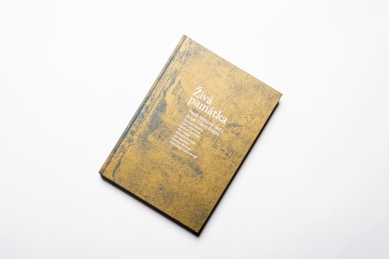
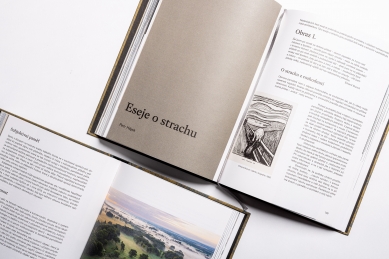
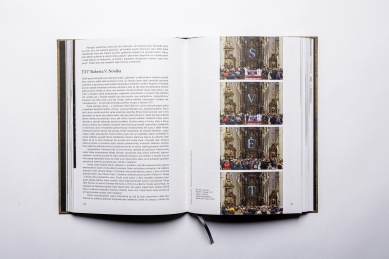
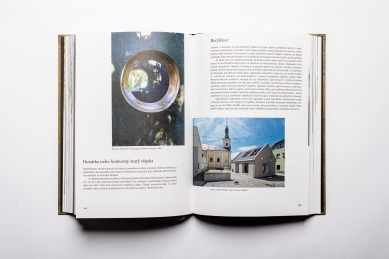
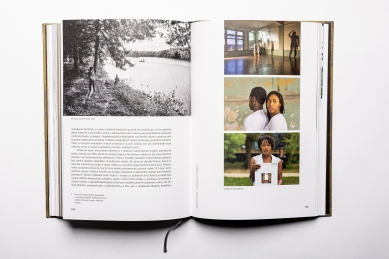
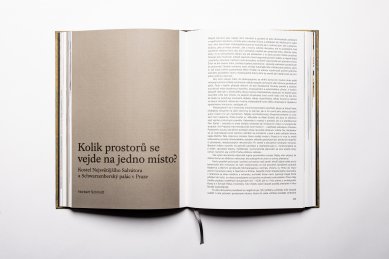
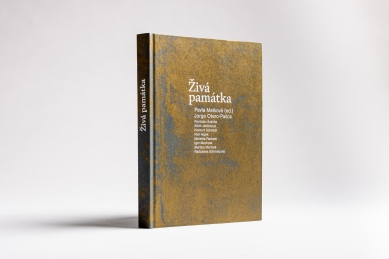
0 comments
add comment












